On September 23, 2021, the City of Paris inaugurated a Place Juliette Gréco, located in part of Place Saint-Germain-des-Prés, in the heart of the district whose spirit the artist has long embodied.
Juliette Gréco is dead away on September 23, 2020, at the age of 93. A year later, Paris paid homage to him with the inauguration of a square in his name, in the 6th arrondissement.
Juliette Gréco’s story with the capital is tied in pain, at the heart of the tragedy of World War II. Born in Montpellier, Juliette went to school with her sister Charlotte in Montauban, where their resistant mother took part in an escape route to Spain and Gibraltar. The latter was arrested in 1943, and the two sisters had to flee by the first train to Paris, without suspecting that they were being followed by one of the Gestapo agents.
They were brutally captured five days later at Place de la Madeleine and taken to the Gestapo headquarters at 80 Avenue Foch. Charlotte is tortured there, and Juliette violently beaten, before they are both imprisoned in the Fresnes remand center. While her mother and older sister are deported to Ravensbrück, Juliette is released due to her young age.
She became the muse of Saint-Germain-des-Prés without any work to her credit, then decides to justify her fame by opting for song. This is how she interpreted her first title, Rue des Blancs-Manteaux, the pen of Sartre and the composer Joseph Kosma.
Ibrahim Maalouf performed at the trumpet “la Javanaise” a tribute under the sun, in the presence of the mayor (PS) of Paris Anne Hidalgo and his deputies, the mayor (DVD) of the 6th arrondissement Jean-Pierre Lecoq, the deputy ( LREM) Gilles Le Gendre and family members of the singer and actress.
With this inauguration, “we are also celebrating a time of recklessness and happiness that we would so much like to see again today,” said borough mayor Jean-Pierre Lecoq, nostalgically.
The granddaughter, Julie-Amour Rossini, greeted the memory of her Grandmother: “Today, Paris, your city, your neighborhood, your pavement have chosen to pay homage to the young“ Toutoute ”(her nickname in Montpellier, his city of origin, Editor’s note) that you were in 1947, when you were sitting there, on the ground of the square with your friends “.
Marie Nimier, had read a text written especially in honor of the muse of Saint-Germain. Because Gréco has walked its streets for a long time since arriving in Paris in 1943. A friend of Jean-Paul Sartre, Simone de Beauvoir, Jacques Prévert and Miles Davis, “la Juliette” was known to be a figure in the intellectual world of the left bank. . “Looking up at this little plaque, we will hear his voice,” said the novelist and lyricist, who has composed many songs for him.
Anne Hidalgo, thanked Jean-Pierre Lecoq for his visit, saluted the work of his assistants, addressed Julie-Amour Rossini. “We are women and we are a lot, I believe to have been inspired by Juliette Gréco”, she begins before praising the “free, sensitive and rebellious” character of the interpreter. The city councilor tells how the artist escaped deportation thanks to her young age, after being arrested by the Gestapo with her mother and sister, resistance fighters who returned from Ravensbrück after the Liberation in 1945.
The town hall also took the opportunity to recall the opening Friday, September 24 of the Juliette Gréco photo exhibition at the Hotel Louisiane – called “Gréco à La Louisiane” -, where the singer stayed while Jean-Paul Sartre lived there. It is also between these walls that she lived her affair with Miles Davis. An exhibition open until October 14, 2021.
The RATP pays homage to him in particular within the cultural development of the Saint-Germain-des-Prés station. The artist had received this news with great enthusiasm.
The resort has recently welcomed a cultural fresco entitled “The Myth of Saint-Germain: a loving lexicon”. This development honors personalities, illustrious or sometimes unrecognized, who have contributed to writing the history of the district: Boris Vian, Jacques Prévert, Marguerite Duras, Amélie Nothomb, but also Roland Topor and Sonia Delaunay.
This portrait gallery offers a literary walk through the ages, from the birth of the resort to the present day. It reveals, between stories and anecdotes, a little of this unique district which in the collective imagination embodies a literate, chic, free and creative Paris.
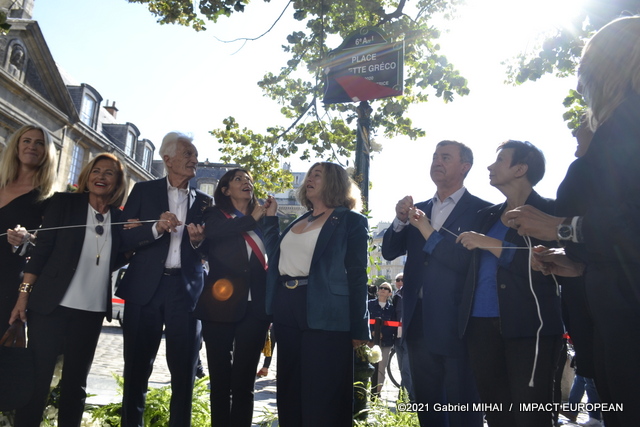
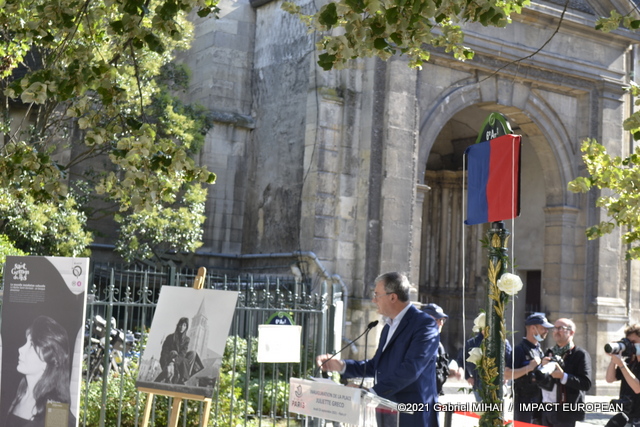
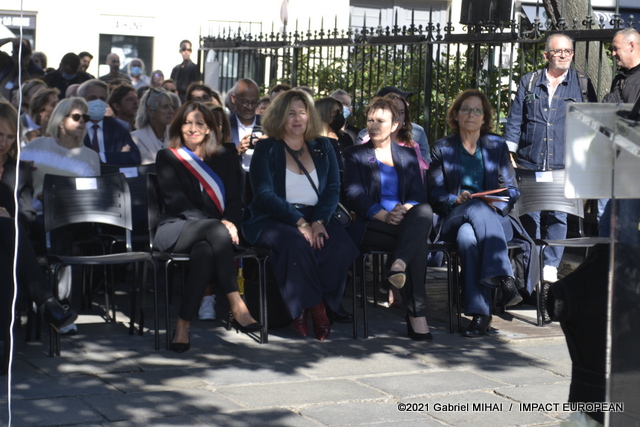
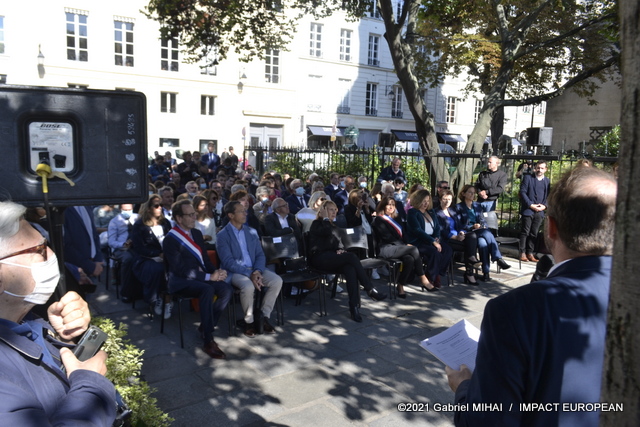
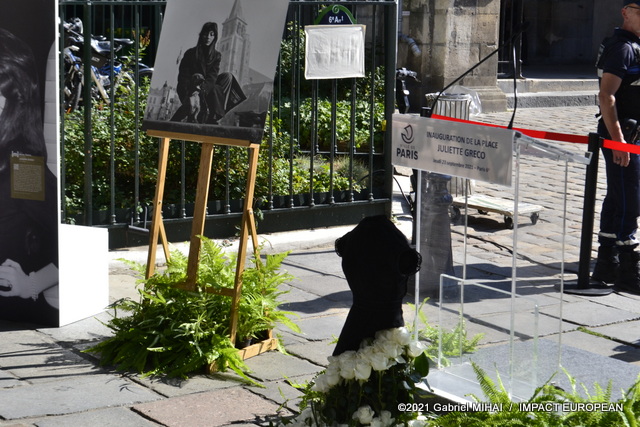
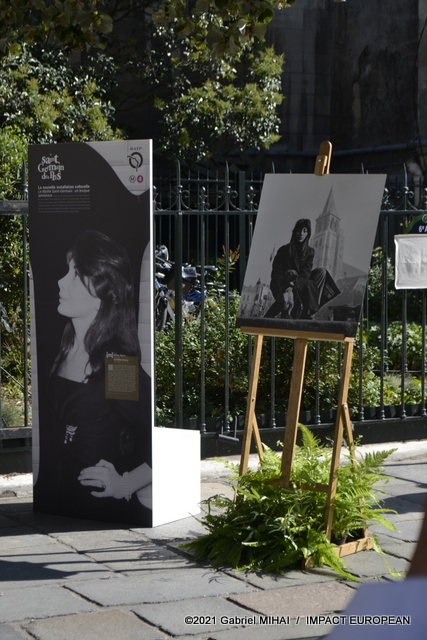
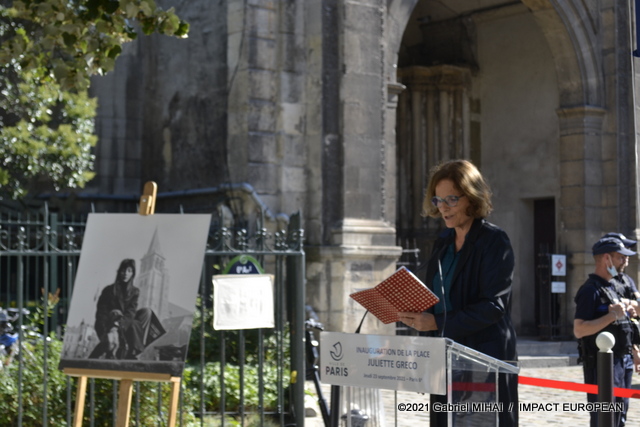
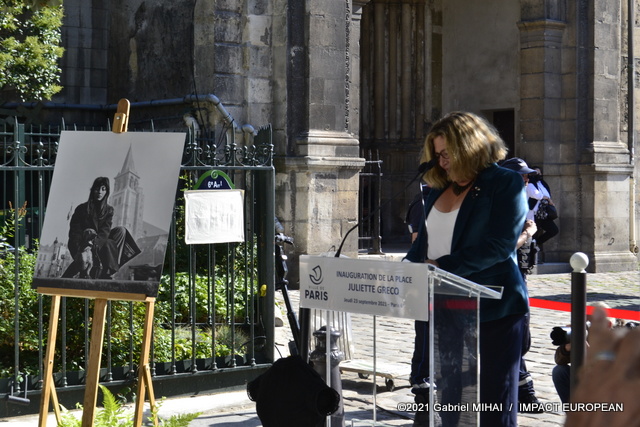
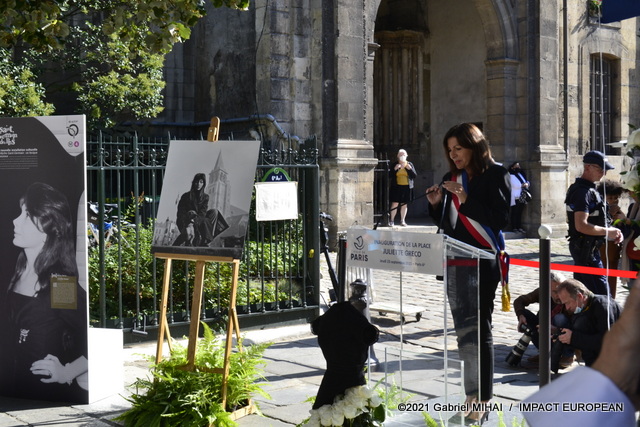

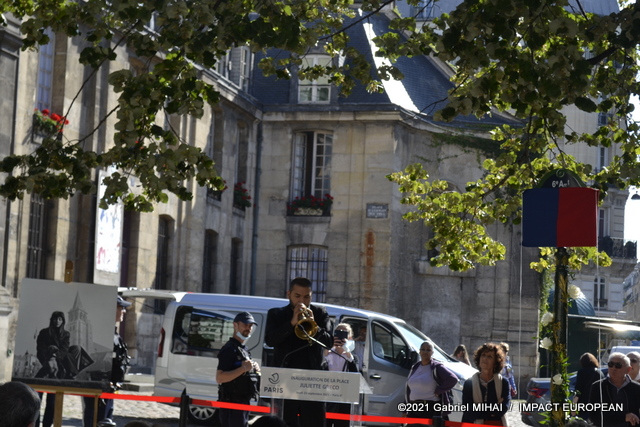

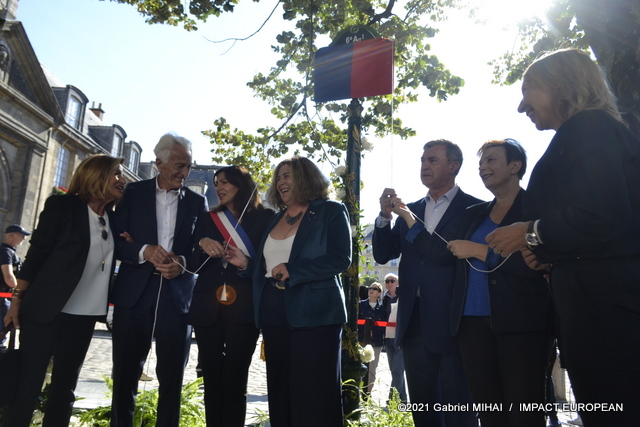
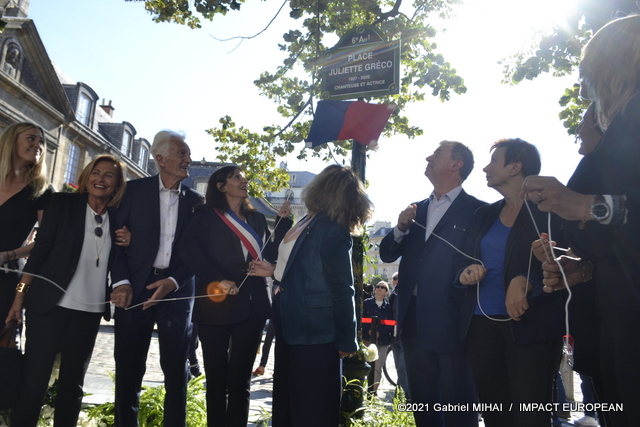

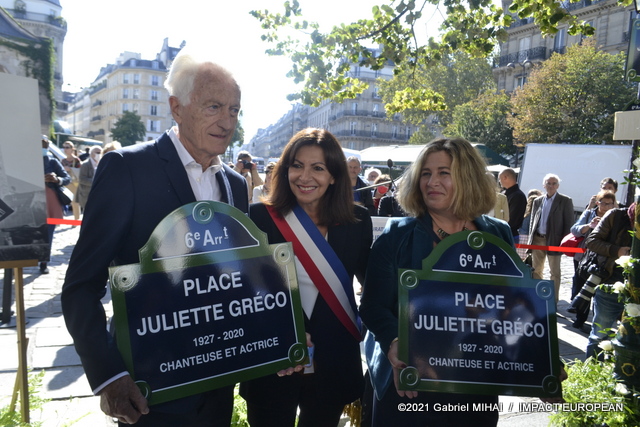
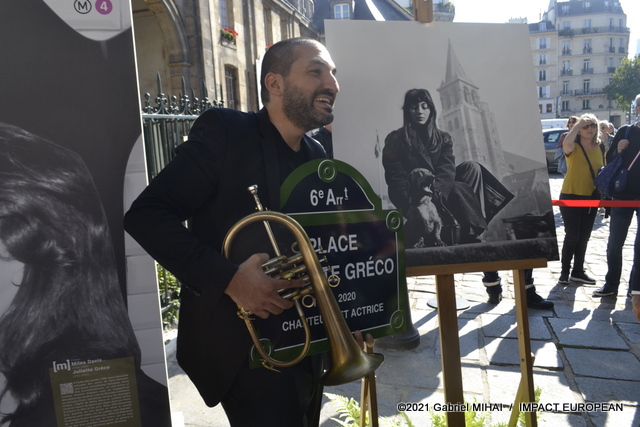
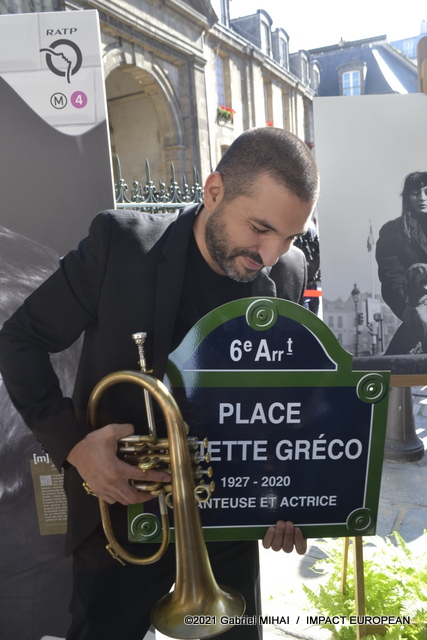
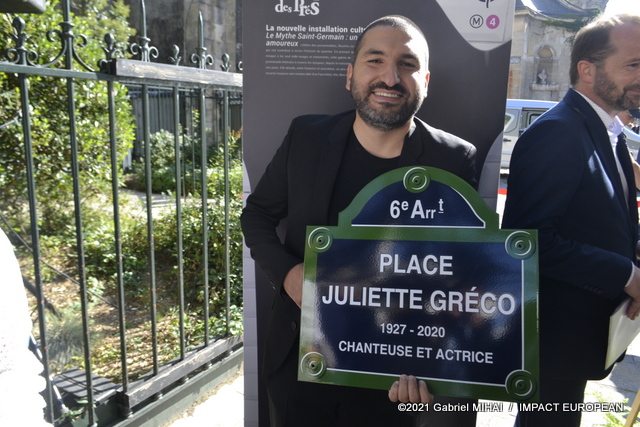

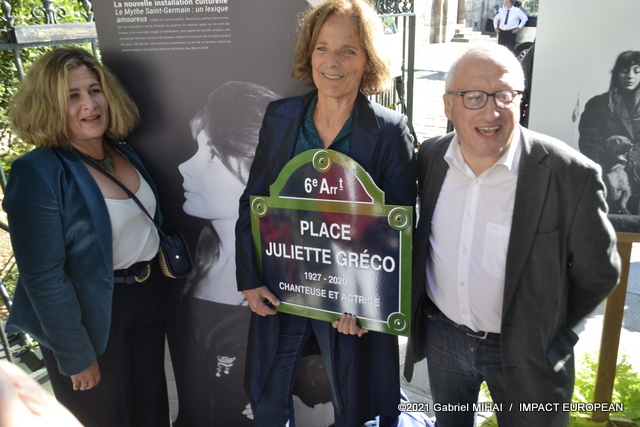
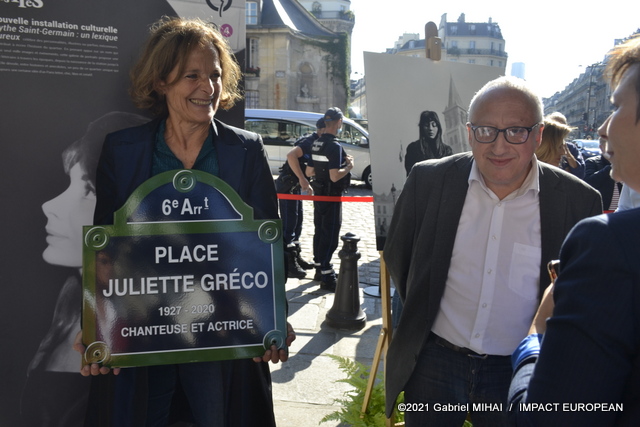
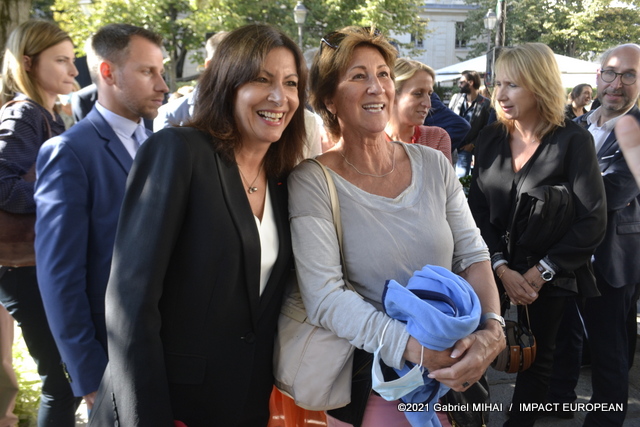
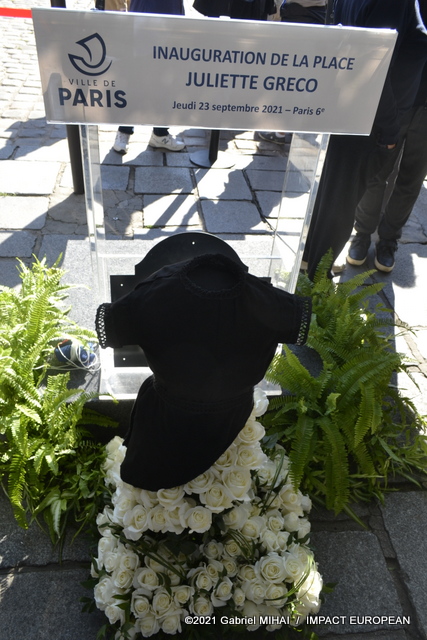
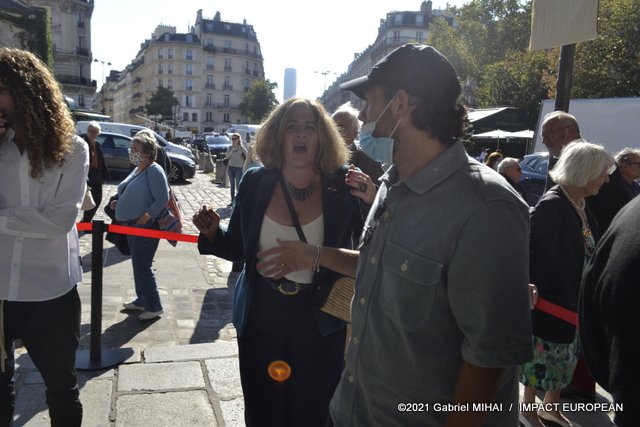


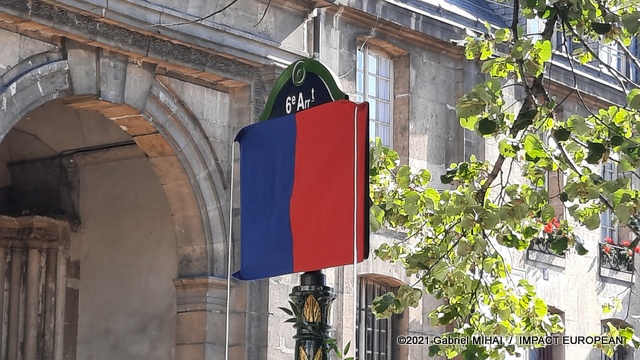
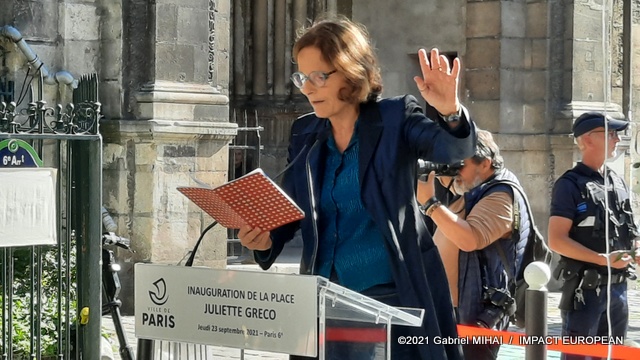
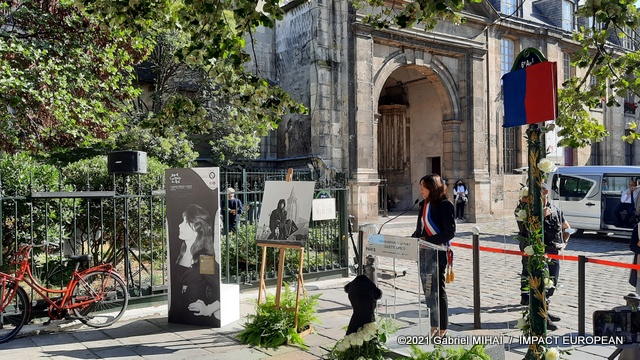
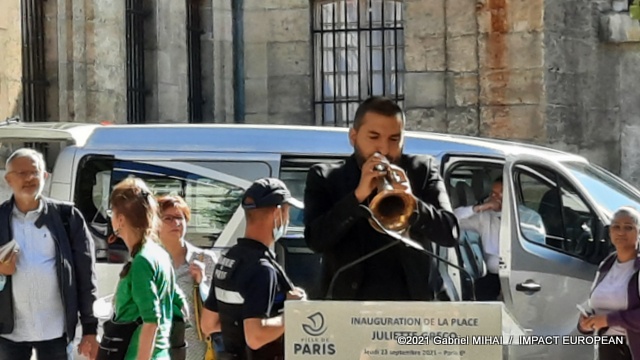
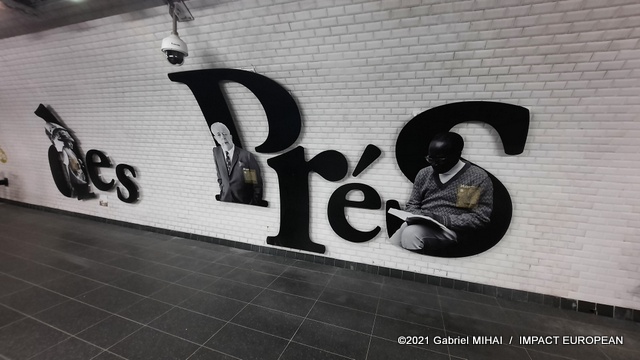
More Stories
Learn to manage your business with Rivalis
METAL D’ALCOVE, the workshop of Eric KATZ, lighting sculptor in Montmartre
Paris Marathon 2024: Victory for Ethiopians at the Paris marathon